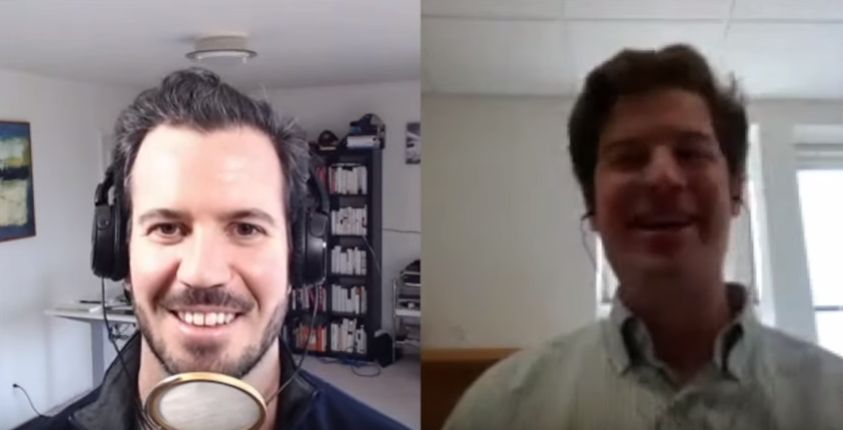https://www.youtube.com/watch?v=CT5DXNB3KKY?start=70
In his recent interview with Tobias, Dan Rasmussen, who is the Founder and Portfolio Manager of Verdad Advisors provides some great insights into how investors can implement a successful private equity strategy in the public markets. Here’s an excerpt from the interview:
Tobias Carlisle: So, just so we can understand the strategy that you’re approaching right now, can you give a little background to how you came up with the strategy and how you’re implementing it now?
Dan Rasmussen: Yeah, absolutely. The strategy really borrows from private equities. So, if you look at the broad history of private equity, from 1980 to 2006, private equity was the best performing asset class by a wide margin. And I think 80% of private equity funds that were raised during that period, outperformed the public market equivalent. So a tremendous track record of success. According to Cambridge Associates from late 1980’s until 2006, it was 6% net of fee outperformance the public market for the private equity index. So what were the private equity firms doing during that period?
Dan Rasmussen: I had a really unique chance to figure this out when I was at Bain Capital, because we were trying to answer this exact question. What had driven our historical success? What do we need to do to continue it? And when we started to look into it. We found that there were some fascinating elements of what had made private equity work, and it’s gonna resonate very closely with your Acquirers Multiple as you indicated in the opening. But, what we found is there are really three characteristics that predicted success in private equity. Well, there were two that defined it and one that predicted it.
Dan Rasmussen: So, private equity relative to public markets; private equity firms are buying companies that are small, generally 200 million of market cap versus 30 billion for the S&P 500, that are levered, typically about 65% net debt to enterprise value verse 10% for the Russell 2000. And 3rd, if you divide private equity by purchase multiple; the cheapest 25% of deals turns in at less than seven times EBITDA, accounted for 60% of the industry’s profits. And the most expensive 50% of deals done over 10 times of EBITDA, accounted for only about 10% of the industry’s profits. So, in aggregate the story of private equity was buying small, cheap stocks with debt.
Dan Rasmussen: And, if you think about why that worked; it’s small value on steroids. It’s small value times leverage and, gee if you buy something cheap and it’s small, so you’ve got a lot of upside, and you lever it right, no surprise it works. And, it looks like private equity was earning about 6% outperformance of the broader market and they were taking about 6% a year out in fees, so the true outperformance of the growth strategy was about 12% per year. And, so, what I set out to do was say, “Gee, I wonder if we could replicate what private equity had done in the 80’s and 90’s by buying these companies that had the same quantitative characteristics in public markets.” They were small, they were cheap, and they were levered. And probably the leverage is the biggest departure point between me and most other value investors, but I’m sure we’ll talk more about that.
The Acquirers Podcast
You can find out more about Tobias’ podcast here – The Acquirers Podcast. You can also listen to the podcast on your favorite podcast platforms here:
For all the latest news and podcasts, join our free newsletter here.
Don’t forget to check out our FREE Large Cap 1000 – Stock Screener, here at The Acquirer’s Multiple:




2 Comments on “How Can Investors Implement A Successful Private Equity Strategy Into The Public Markets”
That’s interesting that private equity used to involve buying a lot of small cheap stocks with debt. I would think that would be good to be able to pay the debt off if you could pick good stocks, but if you lost value then you would lose a lot of money. I’ll have to do some good research before I decide to invest in anything so that I could know more about if it will be successful or not.
Yes, that’s a good summary of the strategy.